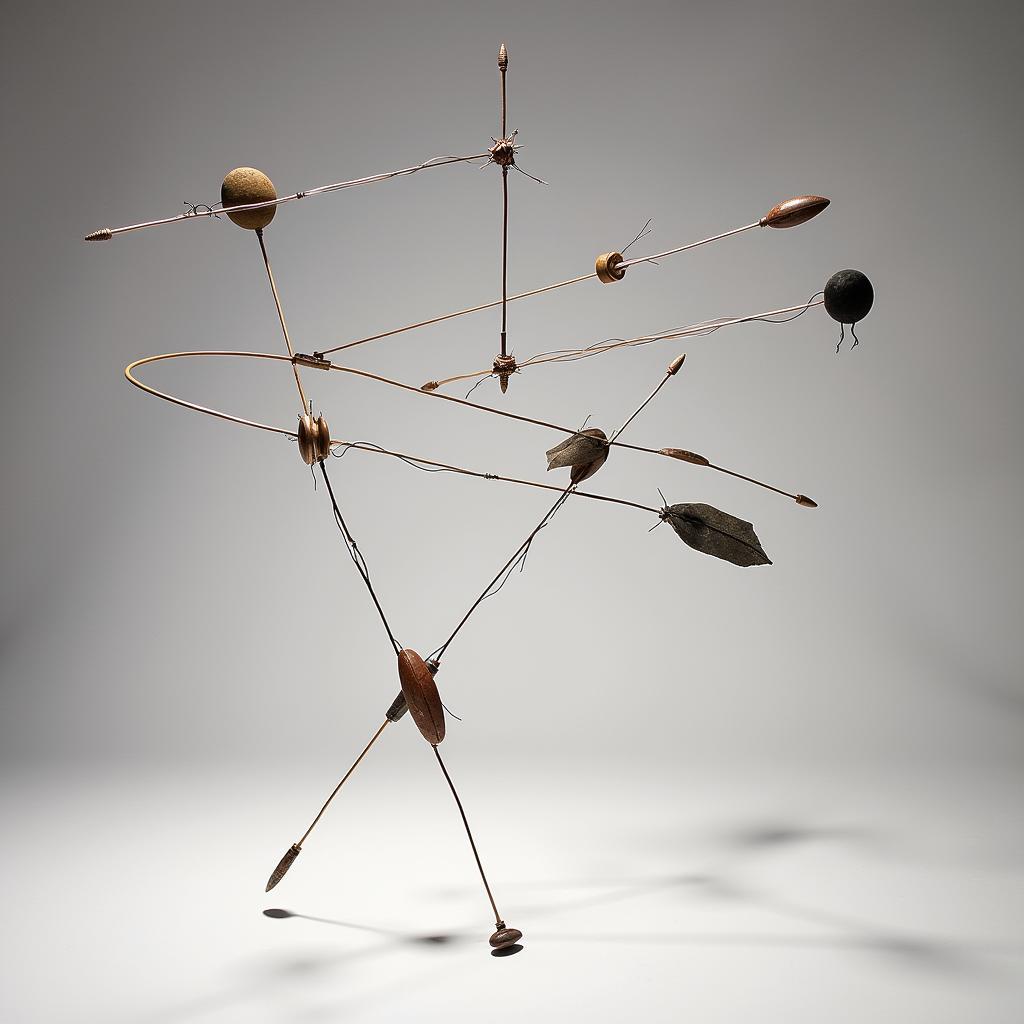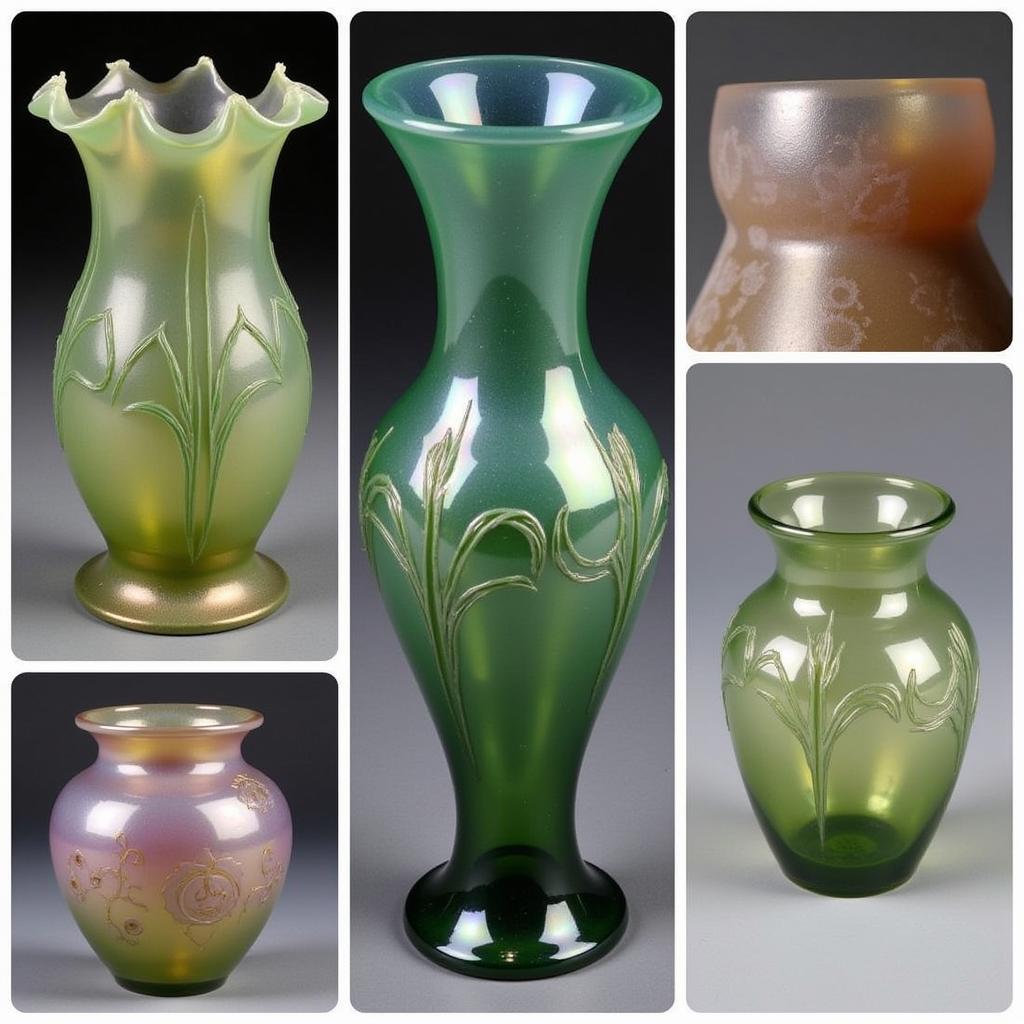Exploring the Intersection of Line and Form: Line Art Sculpture
Line Art Sculpture is a captivating art form that pushes the boundaries of traditional sculpture by emphasizing the use of lines to define form and space. It’s a fascinating exploration of minimalism and the power of suggestion, inviting viewers to complete the image in their minds. Unlike sculptures that rely on mass and volume, line art sculptures use the interplay of lines to create a sense of three-dimensionality, often playing with light and shadow to enhance the effect. Right after discovering this art form, I knew I had to try my hand at incorporating it into some of my digital work. See the link below for how I use art in a different way.
Understanding Line Art Sculpture: A Deep Dive
What exactly constitutes line art sculpture? It’s more than just drawing lines in 3D space. It’s about capturing the essence of a form, using the minimum amount of material to convey the maximum amount of information. Think of it as drawing in the air, using materials like wire, string, or even light to create ethereal forms that seem to float in space. The beauty of line art sculpture lies in its simplicity and its ability to engage the viewer’s imagination. The lines themselves become the subject, tracing the contours of an implied form and creating a sense of movement and dynamism.
Materials and Techniques in Line Art Sculpture
The materials used in line art sculpture can vary widely, from traditional materials like metal and wood to more unconventional choices like neon lights and even recycled materials. The choice of material plays a crucial role in the final aesthetic of the sculpture, influencing its texture, weight, and overall feel. Techniques also vary, with some artists meticulously welding or joining individual pieces together, while others might use weaving or knotting techniques to create intricate patterns and textures.
The Role of Light and Shadow
Light and shadow play an integral role in line art sculpture. The interplay of light passing through and around the lines creates dynamic shadows that further define the form and add another layer of complexity to the piece. Artists often carefully consider the placement of their sculptures in relation to light sources to maximize this effect, creating an ever-changing visual experience. This ephemeral quality adds to the allure of line art sculptures, making them appear almost weightless and ethereal.
How is Line Art Sculpture Different from Traditional Sculpture?
While traditional sculpture focuses on volume and mass, line art sculpture prioritizes the line itself as the primary element of expression. Traditional sculpture often involves carving, molding, or assembling materials to create a solid form, whereas line art sculpture uses lines to suggest form and space. This difference in approach leads to distinct aesthetic experiences. Traditional sculpture might evoke a sense of permanence and weight, while line art sculpture often feels lighter, more airy, and more dynamic.
Line Art Sculpture in the Digital Age
With the advent of digital fabrication tools, line art sculpture has taken on new dimensions. Artists are now using 3D printing and laser cutting to create incredibly intricate and complex line-based sculptures that would be impossible to create by hand. These technologies allow for greater precision and control, opening up new possibilities for experimentation and pushing the boundaries of the art form even further.
Exploring Different Styles of Line Art Sculpture
There are various styles within line art sculpture, each with its unique approach to form and materials. Some artists focus on creating geometric abstractions, using precise lines and angles to create visually striking compositions. Others explore more organic forms, mimicking natural shapes and patterns found in the world around us. Still, others incorporate movement and kinetic elements into their work, creating sculptures that change and evolve over time.
 Kinetic Line Art Sculpture Mobile
Kinetic Line Art Sculpture Mobile
Line Art Sculpture: A Conclusion
Line art sculpture is a vibrant and evolving art form that continues to captivate and inspire. Its unique ability to capture the essence of form with minimal means makes it a powerful and expressive medium for artists. From traditional materials to cutting-edge technology, line art sculpture offers a fascinating exploration of the interplay between line, form, and space. It challenges our perception of three-dimensionality and invites us to engage with art in a new and exciting way.
FAQ
- What is line art sculpture? Line art sculpture emphasizes lines to define form.
- What materials are used in line art sculpture? Metal, wood, string, light, and even recycled materials.
- How does light affect line art sculpture? Light and shadow create dynamic interactions.
- What’s the difference between line art and traditional sculpture? Line art focuses on lines, traditional on mass and volume.
- How is technology impacting line art sculpture? 3D printing and laser cutting offer new possibilities.
- What are different styles of line art sculpture? Geometric, organic, and kinetic.
- Where can I learn more about line art sculpture? Art galleries, museums, and online resources.
Have other questions? See our articles on master of fine arts netherlands and art deco speaker.
Need assistance? Contact us at Phone: 02462573573, Email: danteum@gmail.com or visit Savico Megamall, 7-9 Đ. Nguyễn Văn Linh, Gia Thụy, Long Biên, Hà Nội 10000, Việt Nam. We have a 24/7 customer service team.



